- Water Testing Meters
- Anemometer
- Length & Distance Meter
- Multimeter & Clamp Meter
- Light and Sound Meter
- Slide Calipers & Screw Gauge
- Thermometer & Hygrometer
- Milk Testing Meters
- Paper, Grain & Wood Testers
- Stopwatch & Timers
- Soil Testing Meters
- Refractometers & Analyzer
- Magnetic Compass
- Tachometer & Megger
- Thickness & Dia-Meters
- Other Meter And Accessories
Sodium Acetate Anhydrous 500gm Merck India
৳ 800.00
- Sodium Acetate Anhydrous
- Pack Size: 500gm
- Brand: Merck, India
SKU:
17536
Category: Lab Chemicals
Tags: Chemical Price in BD, Lab Chemicals, Lab Reagents, Sodium Acetate
Description
Sodium acetate anhydrous is a sodium salt of acetic acid, with the chemical formula C₂H₃NaO₂. It appears as a white, crystalline powder and is highly soluble in water. It is also a lab reagent available in Labtex Bangladesh at the reasonable price.
Chemical Properties
- Chemical Formula: C₂H₃NaO₂
- Molecular Weight: 82.03 g/mol
- Structure: Consists of an acetate ion (CH₃COO⁻) and a sodium ion (Na⁺).
- Appearance: White crystalline solid or powder.
- Density: Approximately 1.528 g/cm³.
- pH: Typically around 7 when dissolved in water.
Physical Properties
- Melting Point: 323 °C (613 °F), decomposes before boiling.
- Solubility: Soluble in water (1 g in about 1 mL at 20 °C), but insoluble in organic solvents like ethanol.
General Uses of Sodium Acetate Anhydrous
- Buffer Solutions:
- Sodium acetate is commonly used in buffer solutions in biochemical applications to maintain pH levels in biological experiments.
- Food Industry:
- Acts as a preservative and flavor enhancer, particularly in snacks and processed foods. It is often labeled as E262.
- Heating Pads:
- In reusable heat packs, sodium acetate can be supercooled in a liquid state and releases heat upon crystallization when a metal disc is flexed.
- Pharmaceuticals:
- Used in various medicinal formulations, including as a saline laxative.
- Chemical Synthesis:
- Serves as a reagent in organic synthesis and as a catalyst in certain reactions.
Synthesis
Sodium acetate can be synthesized through various methods, including:
- Neutralization Reaction:
- Mixing acetic acid with sodium hydroxide or sodium bicarbonate produces sodium acetate.
- Reaction: CH3COOH+NaOH→CH3COONa+H2O\text{CH}_3\text{COOH} + \text{NaOH} \rightarrow \text{CH}_3\text{COONa} + \text{H}_2\text{O}CH3COOH+NaOH→CH3COONa+H2O
Safety and Handling of Sodium Acetate
- Toxicity: Generally recognized as safe (GRAS) when used in food and pharmaceuticals. However, excessive consumption can lead to gastrointestinal disturbances.
- Handling: Should be handled with gloves and eye protection to avoid irritation, especially in powder form.
- Storage: Store in a cool, dry place in a tightly closed container to prevent moisture absorption.
Environmental Impact
C₂H₃NaO₂ is biodegradable and considered environmentally friendly lab reagent, but large quantities should be managed to avoid potential water contamination.
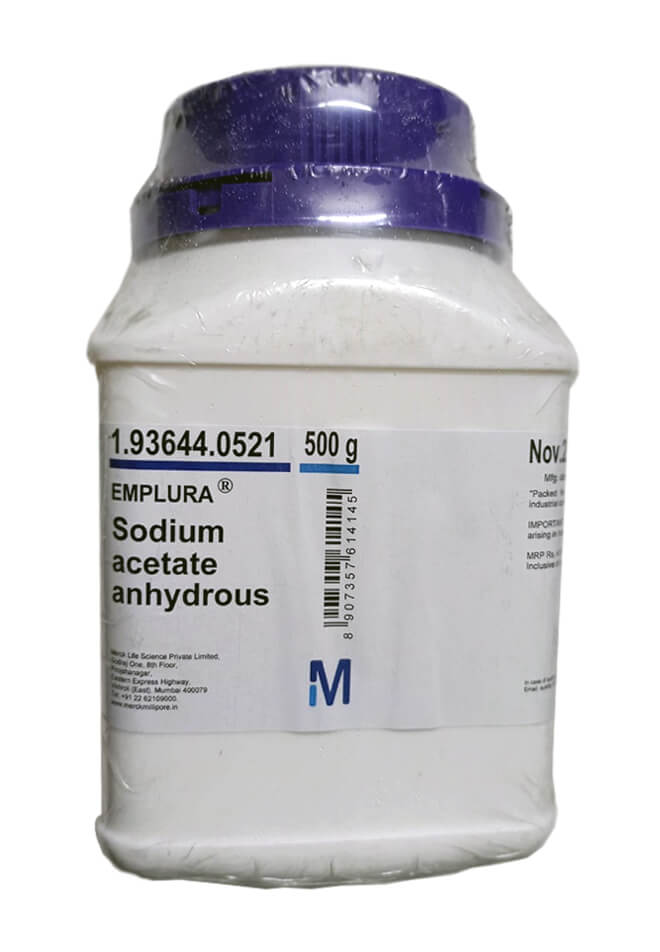
Reviews (0)
Only logged in customers who have purchased this product may leave a review.
About brand
Merck is a global science and technology company, with a history spanning over 350 years, focused on healthcare, life science, and electronics, known for developing medicines, vaccines, and other innovative solutions. Merck aims to enable a safe, sustainable, and healthy future for all people and communities.Labtex Bangladesh is a seller, supplier and stockist of Merck brand chemicals and reagents in Bangladesh. We have home delivery service all over the Bangladesh.
Shipping & Delivery
Delivery within 1-3 working days in Dhaka City and 3-5 working days anywhere in Bangladesh.
Disclaimer and Declaration
We are using this website as a catalog or brochure to represent our company in the digital world. Here displayed products and the physical products may slightly vary due to the deviation of lighting sources, photography, or your device display settings. And to improve product quality and prevent counterfeiting, actual products may vary, which may not match the image shown here. And here prices shown may be changed depending on the market price. And all prices are without VAT and AIT. Displayed on this website are not our ready-stock products, but we can deliver within the due time, which means delivery within 1-3 days in Dhaka city and within 3-5 days anywhere in Bangladesh.N.B.: We can’t deliver liquid products outside of Dhaka City. Please don’t place an order for liquid products from outside Dhaka City.Special Caution: None of our chemicals is suitable for human consumption or use in food. These are only for Research and Analysis.
Website Disclaimer:
This website may use some copyrighted materials without specific authorization of the owner, but the contents used here which is under the “Fair Use” of website content Policy. Copyright Disclaimer Under section 107 of the Copyright Act 1976, allowance is made for “fair use” for purposes such as comment, news reporting, teaching, scholarship, research, and analysis. Fair use is a use permitted by copyright statute that might otherwise be infringing. Non-profit, educational, training, experimental, or personal use tips the balance in favor of fair use. If you have any complaints about our content or find any content, image, video, or text that is copyrighted by you and want to remove it from this website, please feel free to email us at Labtexbangla@gmail.com. Those contents will be removed from this website.বি: দ্র: আমাদের অফিস থেকে সরাসরি পণ্য নেওয়ার ক্ষেত্রে, আমাদের অফিসে আসার নূন্যতম ৩ ঘন্টা আগে ফোনে জানিয়ে আসতে হবে। নতুবা ততক্ষনাৎ অফিস থেকে পণ্য দেওয়া সম্ভব হবে না।বিশেষ সর্তকতাঃ আমাদের কোনও রাসায়নিকই মানুষের ব্যবহারের জন্য বা খাবারে ব্যবহারের জন্য উপযুক্ত নয়। এগুলি কেবল গবেষণা এবং বিশ্লেষণের জন্য।




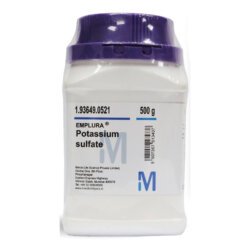
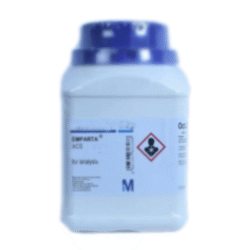
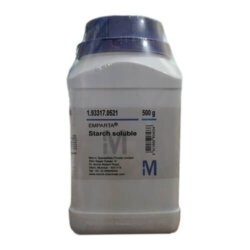
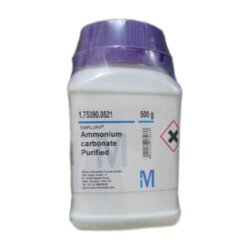
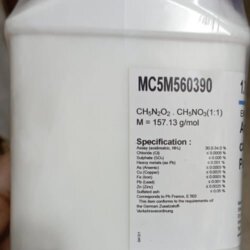
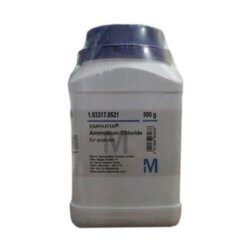
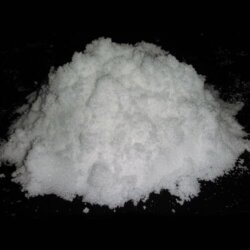
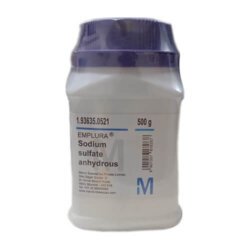
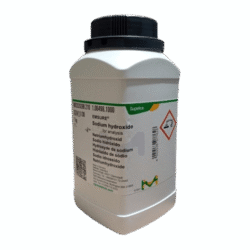
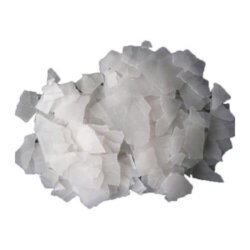
Reviews
There are no reviews yet.